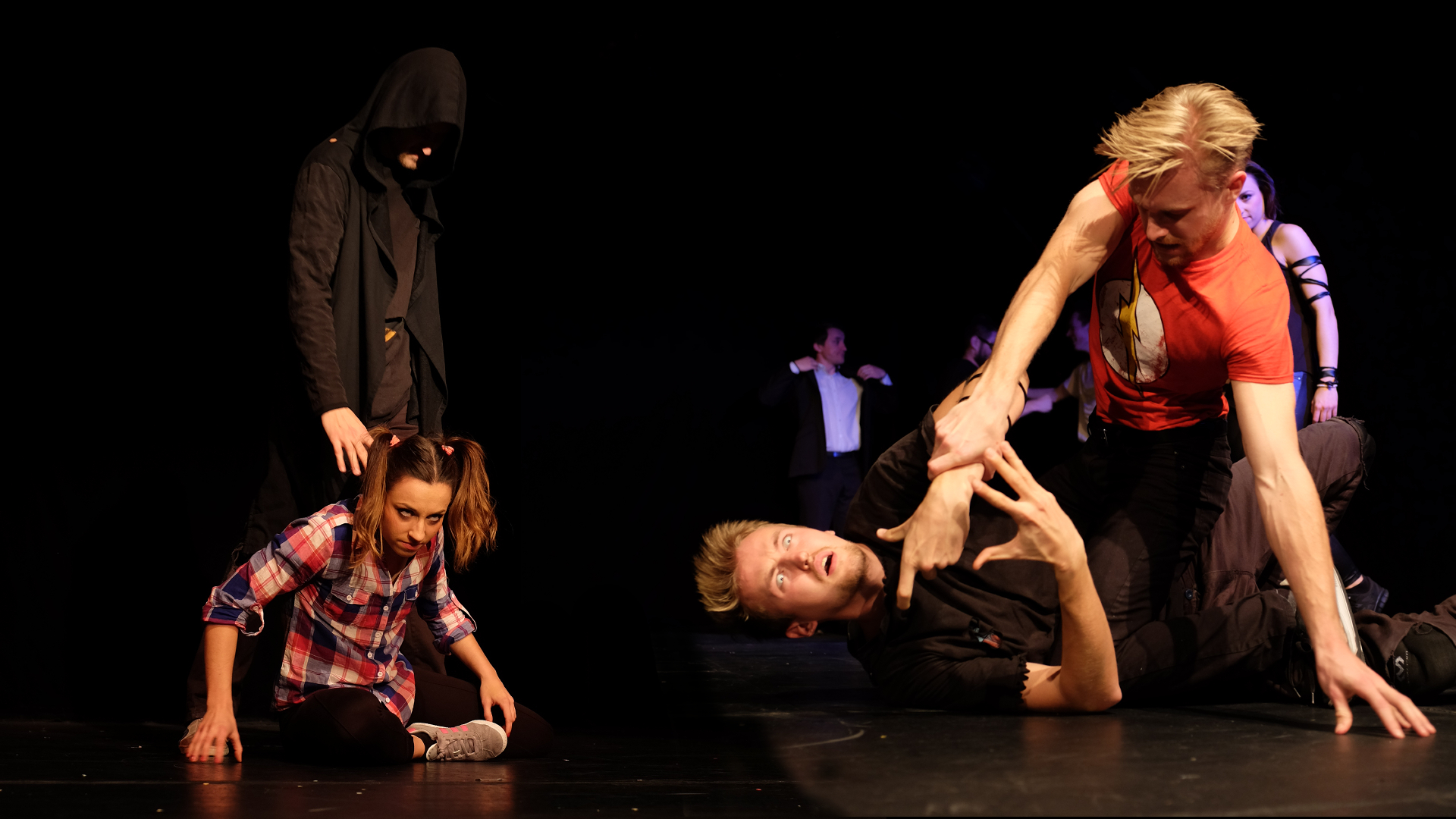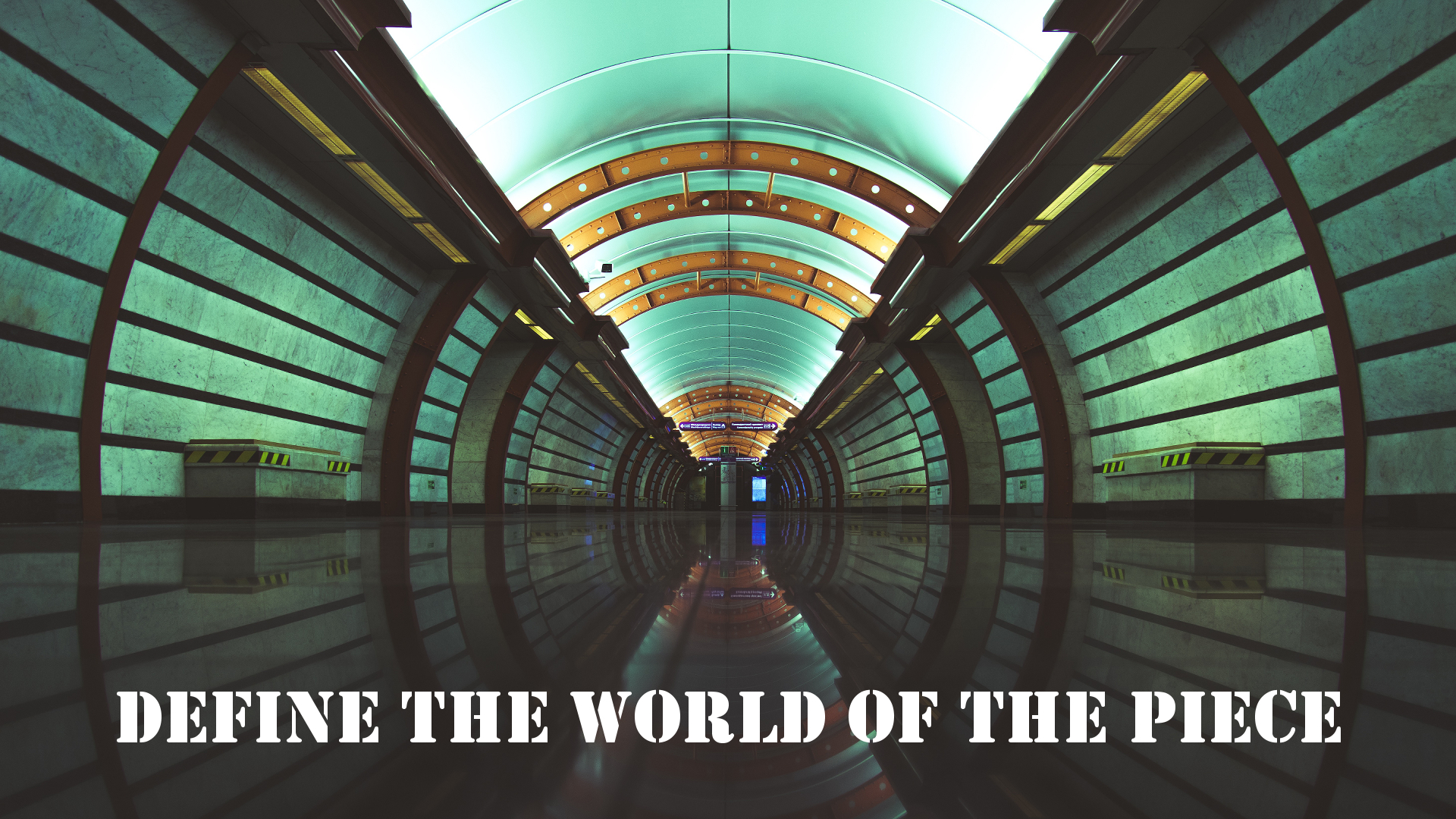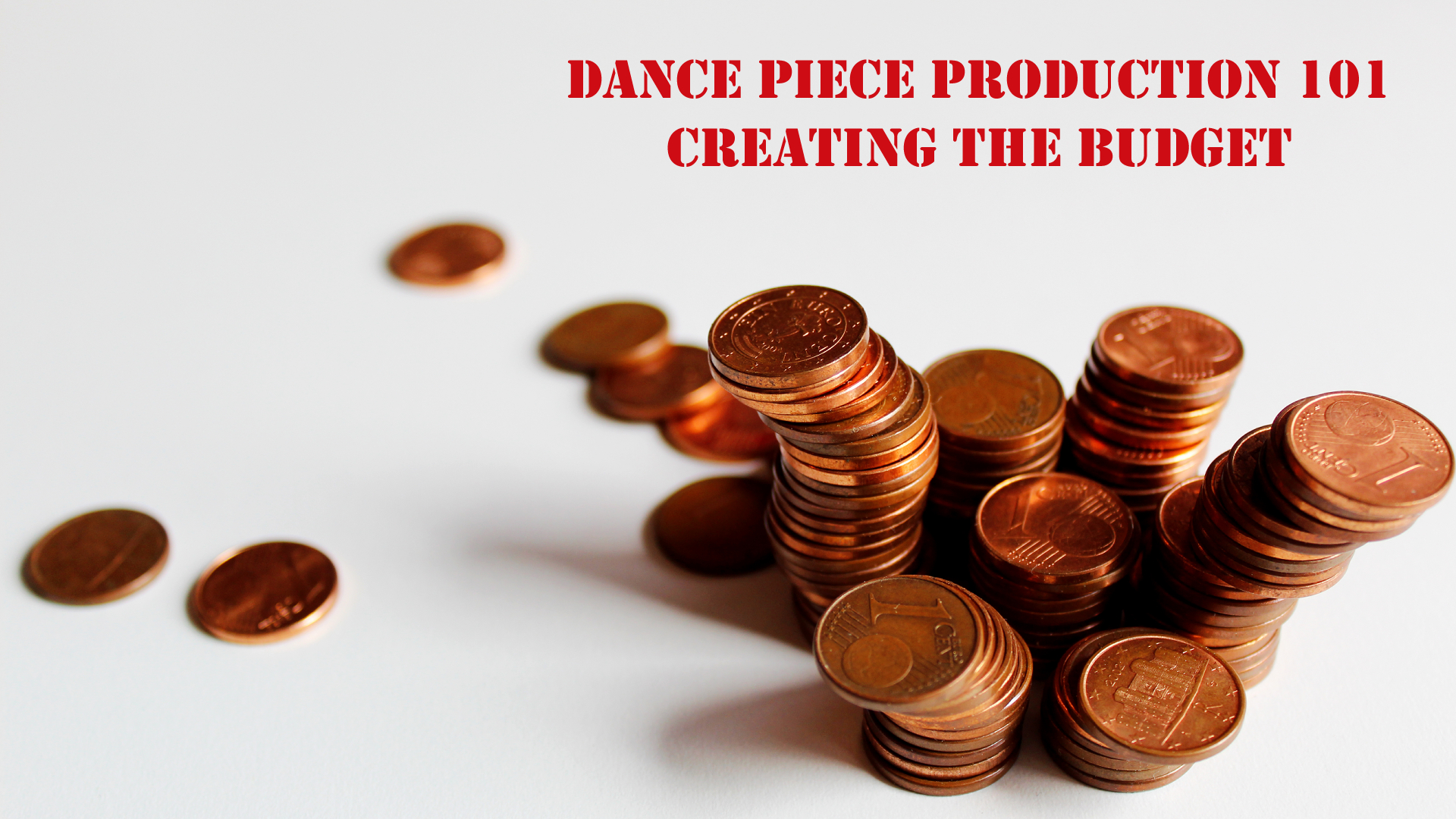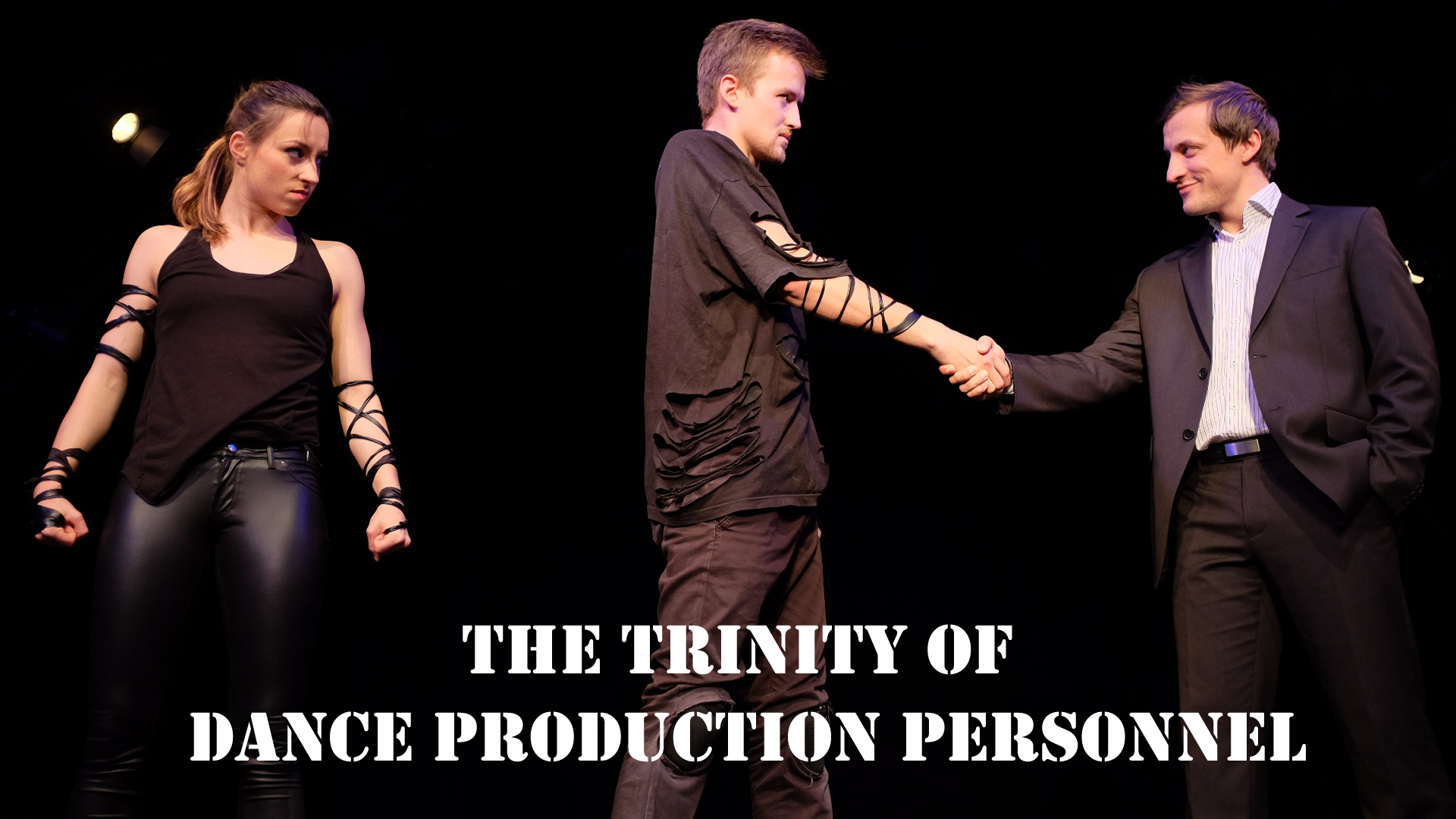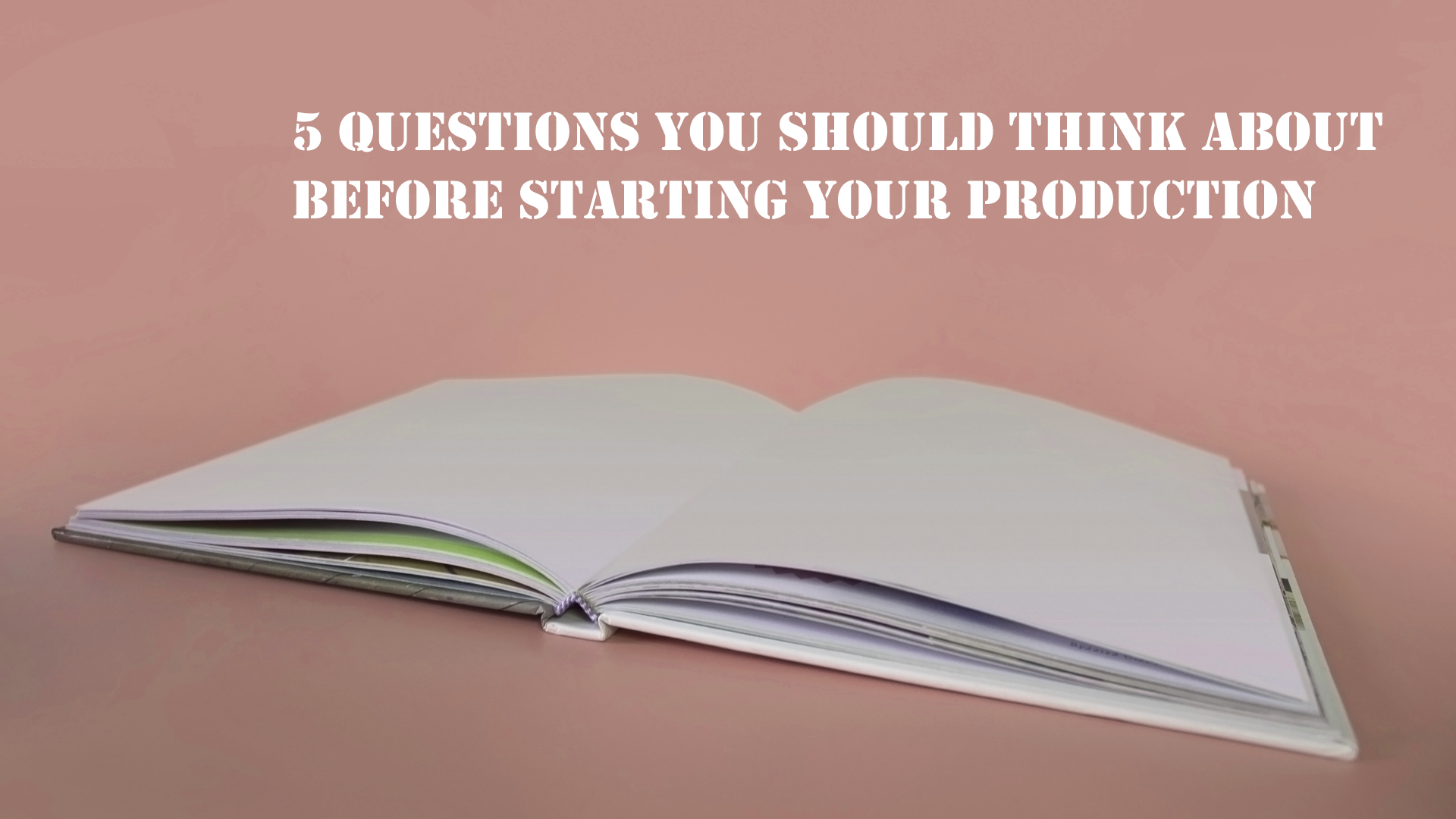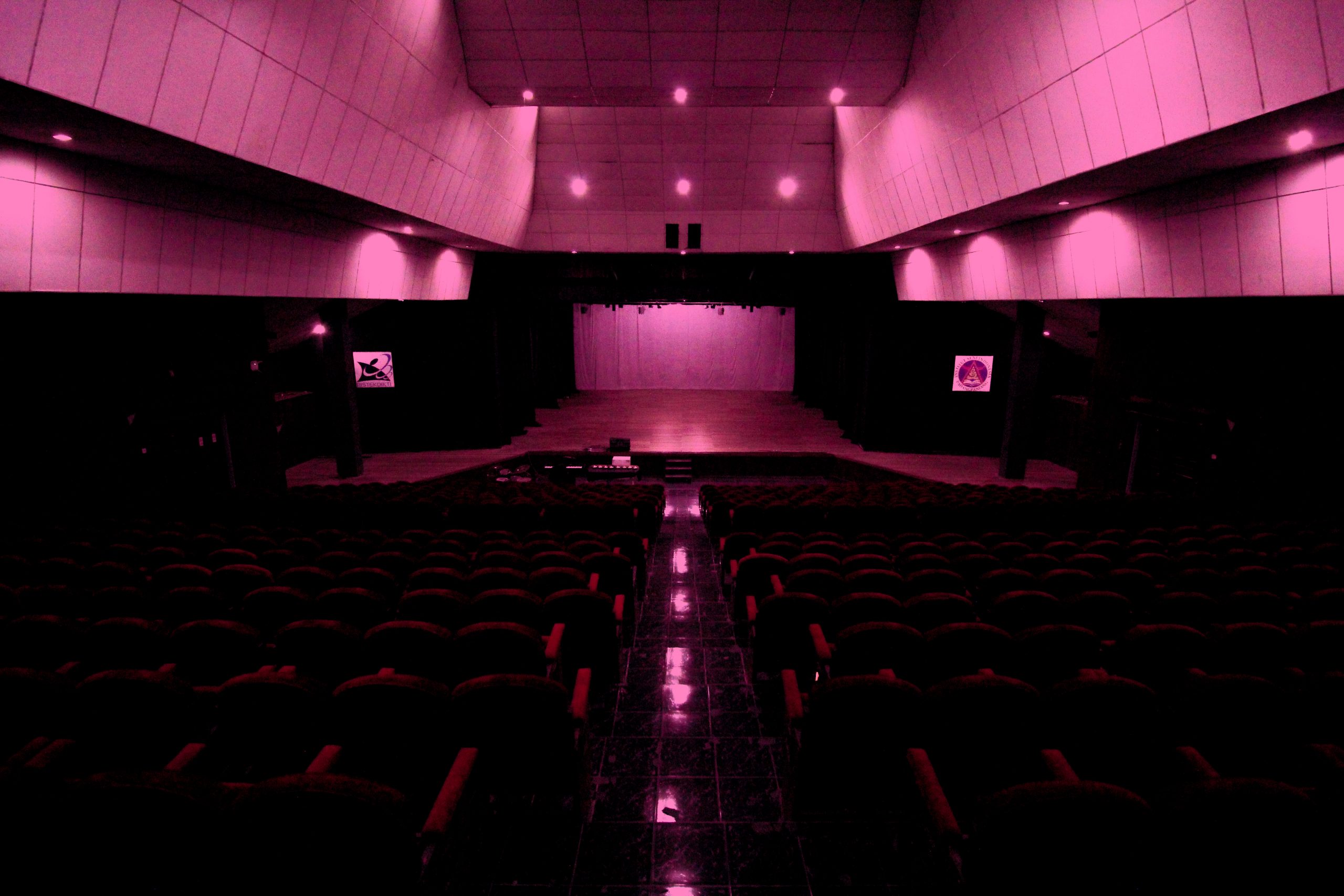I already mentioned the important questions to answer in the overview of dance theater production. Now it’s time to go into detail and find out what the answers can do for you throughout your journey.
The five big questions are “what”, “why”, “who”, “when” and “where”. The order is in my personal perception of their importance. “What” and “why” are at the beginning as the answers to them will have an impact on the questions “who” and “when”.
What do you want to do?
The “What” is the one master question that makes a lot of decisions during the production obvious if you take the time to answer it. It is about goal-setting from the art side of things.
What is is that the piece should do? This is primarily about what you want to show to your audience. Do you want to tell them a story, a philosophic idea, show outstanding choreographic skills, introduce a concept, show a puzzle of multiple ideas? This could go as far as “introduce a sponsored product” or “present fine art piece x in a dance piece”.
Can you commit to one goal? I highly recommend doing so. If needed choose a primary one and add some with lower priority because often the needs of multiple will not collide.
Now, if a question arises during the production you can go back to what you already know to move fast. Let’s say you are doing a story piece and have an outstanding choreography that you can keep or not. You just need to check if it advances or adds to the story. If not, get rid of it. Vice versa if you committed to showing the best choreography possible, adding a hint to a political situation is not as important as hitting the high notes of the music.
There is also the idea to figure out the “What” along the way. That is fine if you are willing to take the time to answer questions in the rehearsal process, lose valuable time and more important momentum. I disagree with that approach and advice to define what you want to do before jumping into the production.
Why are you doing it?
The “Why” is about goalsetting from the production side of your work. Why do you want to do this piece and where do you want to go with it?
- Do you just want to try if you can make a piece?
- Establish yourself as a producer, choreographer or director?
- Rep your crew on a new terrain?
- Build a company of professional dancers that will be relevant on an international scale?
- Do you want to provide enough income to feed your whole team?
- Is it about you or the piece? Be honest with this question. You don’t have to share the answer, but it will help as much as answering the other ones.
- Maybe the answer is “it is part of my education as a dancer”.
With these answers you will be able to find out if you need a big budget, have a restricted timeframe (because if you need to pay people, time is money), need to hire people for costumes and stage design and so on.
Who to pick for the team?
If you answered the “What & Why” the answers should not be too hard. This stage is about finding the right balance of your skills as the one who runs the show, the skills of the dancers and other artists and the necessities of what you need to succeed with your goalsetting.
If you want to rep your crew, you already know who to pick as dancers. You just want to see if you can do it? Pick people who are on your skill level as it will make the journey more enjoyable. If you want to establish yourself as a choreographer you should first create choreography and then find the right dancers to learn and execute it fast and precisely. A mind-bending story that touches people will need dancers who know how to work with emotions on stage and project them to the audience. A piece that takes movement design and composition to a new level needs dancers who have an easy time working with concepts and the capability to execute the kind of moves you want. These can range from precise tutting, over-complicated rhythms to really athletic power moves.
As I said, it’s easy to answer if you know your what and why.
When are we going to create the piece?
This only a matter of organization. You need one or more rehearsal phases that are long enough to breathe life into the idea and polish it until it’s good enough to be on stage.
I recommend at least two rehearsal phases with a little bit of a break in between to reflect and correct the course without time pressure. If it is doable, let the last rehearsal phase directly transition into your showings.
If you have your people before you have the dates set, Doodle is your best friend to find dates easy.
When you have the rehearsal rooms ready and booked before you fixed the team, when you cast them for example, don’t choose people who are not available then. If you cast, put the timeframes where people need to be available in the casting info. This saves you and the people applying time.
This goes hand in hand with the “when” as availability of rehearsal rooms and stages are a deciding factor. When you work with your crew only or have a good deal with whoever owns your regular practice spot, rehearsals might be easy. If not, ask around in dance studios, youth centers, culture centers, schools, sports societies and whatever comes to mind in your area. Having a big network of contacts definitely helps to find a room.
Finally, you need a place to perform at. This is a little bit more tricky as you want to rehearse a few times on the stage of your first showing and need to negotiate a good deal to have those extra days without burning all your budget. Negotiating with theaters is worth an own article later on. Again, if you are lucky and know the right people, this one is easy going. There are also dance festivals all around the globe that might be a good starting point for your research if you don’t have a connection to any stage.
Armed with the answers to the questions above, we can start by jumping in pre-production. See you there next week.

